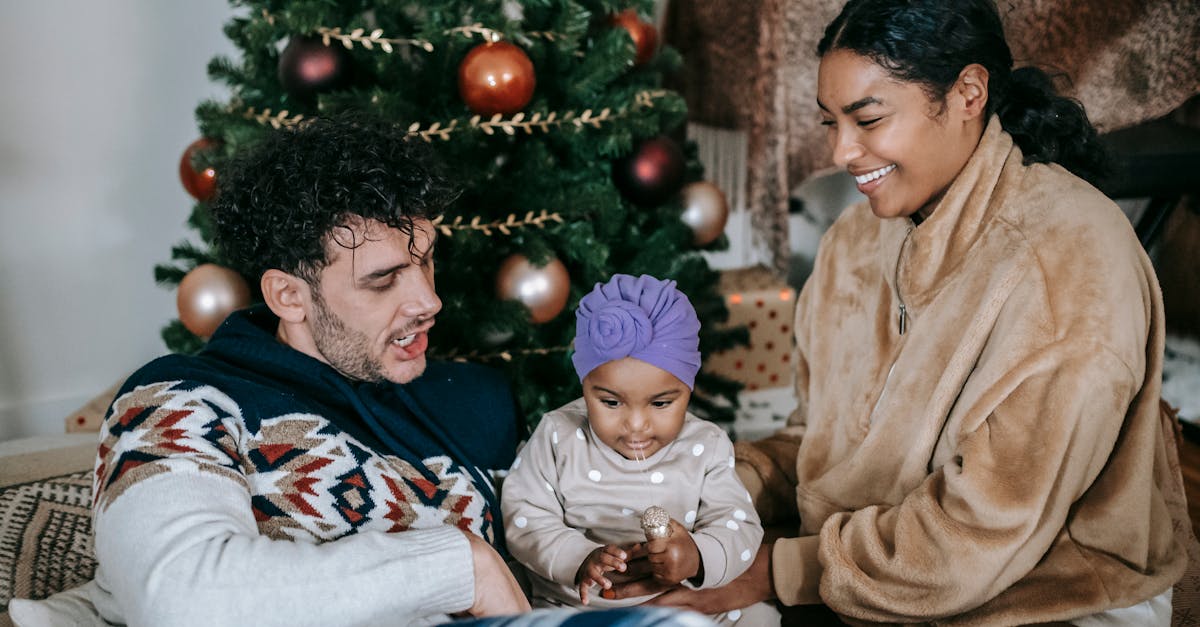Bilingual Beginnings: Starting Early Is Key
Introducing your baby to multiple languages early is like giving their brain a daily workout. Research shows that infants exposed to two languages from birth have an edge in problem-solving and multitasking. It’s never too early to introduce another language, even if it’s just through simple songs or stories. Exposure to different sounds and structures builds a solid linguistic foundation, making learning easier down the road.
So, start singing “Frere Jacques” at bedtime; it’s not just calming, it’s cognitive training!

Emotional Balance: How Language Shapes Feelings
Ever noticed how people can express emotions uniquely in different languages? Babies growing up bilingual can navigate complex emotional landscapes better. Multiple languages expose them to diverse ways of feeling and expressing emotions.
Think of it this way: they’re not just learning words; they’re learning empathy. If your baby seems extra good at comforting a sad friend, their bilingual background might be the reason. A multilingual environment fosters emotionally adaptable individuals, able to switch emotional ‘codes’ as effortlessly as languages.

Understanding how language shapes our emotional experiences can lead to a more profound appreciation of our linguistic abilities and their impact on our social interactions.
Cognitive Superpowers: Brain Boosting Benefits
Imagine raising a little superhero with enhanced cognitive abilities. Studies reveal that bilingual babies have better memory and attention spans. They can focus more easily and think creatively.
Multilingual environments engage parts of the brain that remain underutilized in monolingual settings. This means bilingual babies are often ahead in their understanding of abstract concepts and analytical thinking.
So when your baby figures out a puzzle quicker than most, thank those bilingual bedtime stories!

Simple Steps to Start: Tips for Parents
Wondering how to start? You’re in luck! Integrating bilingual skills can be fun and straightforward. Begin with daily routines. Use bilingual labels for household items, sing songs in different languages, and read bilingual books. Consistency is crucial. Even if you’re not fluent, apps and community resources can help bridge the gap. Make it a family affair – learn together and create a supportive learning environment. The key is to make language learning a natural and enjoyable part of everyday life.

Remember, the journey to bilingualism is a process, and every small step counts. Embrace each moment and celebrate progress along the way. Make learning a new language an exciting adventure for the whole family!
Common Concerns and How to Overcome Them
It’s normal to have concerns. Will bilingual exposure confuse my baby? Will they struggle in school? Rest assured, research dispels these myths. Babies are adept at distinguishing languages and using context to understand meaning. If speech development seems slow, it’s often because the brain is processing more information. Patience and positive reinforcement go a long way. If you feel stuck, consult with bilingual educators or pediatricians. They can offer personalized advice tailored to your child’s needs.

Share Your Journey: Join the Bilingual Baby Community
Let’s build a network! Share your bilingual journey and connect with other parents. Join forums, participate in cultural events, and attend bilingual storytimes. Sharing experiences can provide new insights and keep you motivated.
Have a funny or touching bilingual moment? Post it! Not only will it make someone’s day, but it will also encourage more parents to embark on this rewarding journey. Together, we can raise a generation of emotionally intelligent, cognitively superior individuals.

